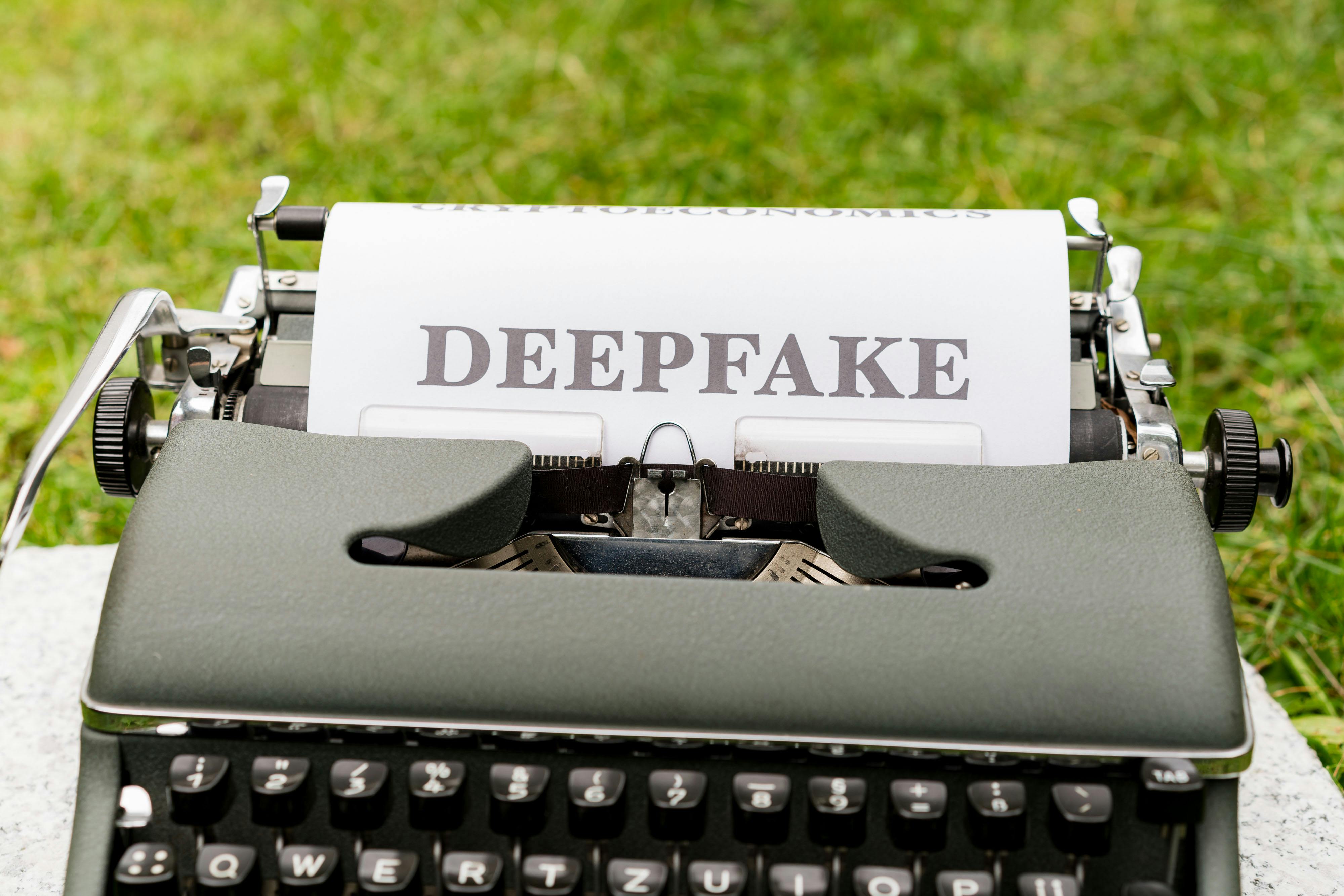AI-Powered Talking Head Video Generation Advances

Top post
Natural Talking Heads: Advances in AI-Powered Video Generation
The generation of talking heads, meaning realistically animated video portraits, has made enormous progress in recent years through the use of Artificial Intelligence (AI). New techniques make it possible to create convincingly realistic videos based on audio recordings and optionally a still image, in which lip movements and facial expressions are precisely synchronized with the spoken language. This technology opens up a wide range of applications, from personalized avatars in video conferences and virtual worlds to the automated creation of animated content for film, television, and education.
From Static Images to Dynamic Videos
Previous approaches to generating talking heads often reached their limits, especially in the realistic representation of facial expressions and smooth animation. The latest developments in the field of Diffusion Models, a class of generative AI models, have initiated a paradigm shift here. These models work by gradually removing noise from an image, thus progressively producing a desired result. In the context of talking heads, this means that the model learns how to generate a realistic video from a noisy image, taking into account the audio information.
The Role of "Masked Selective State Spaces"
A promising approach in this area is the use of "Masked Selective State Spaces". This technique allows the model to selectively focus its attention on specific areas of the image, for example, the mouth area during speech. Through this targeted processing, finer details and more complex movements can be represented more realistically. At the same time, computing power is used more efficiently, since not the entire image has to be recalculated in every step.
Audio-Visual Control for More Naturalness
The integration of both audio and visual information in the generation process plays a crucial role in the naturalness of the results. The audio data serves as the basis for the animation of lip movements and facial expressions. In addition, visual information, such as a reference image of the speaker, can be used to control individual facial features and the overall impression of the video.
Applications and Future Perspectives
The technology of AI-based generation of talking heads has the potential to revolutionize various industries. Applications in the entertainment industry, the creation of personalized learning videos, in virtual and augmented reality, and in customer service are conceivable. Further research and development in this area focuses, among other things, on improving the quality of the generated videos, expanding the control options, and simplifying the creation process.
Challenges and Ethical Implications
As with any new technology, AI-powered video generation also presents challenges and ethical questions. The possibility of creating realistic videos of people saying and doing things they never said or did opens up the potential for misuse. Therefore, it is important to address the ethical implications of this technology and develop appropriate security mechanisms to prevent abuse.
Bibliography: Kellermann, Walter. [URL]. Accessed on [Date]. Yu et al. Talking Head Generation with Probabilistic Audio-to-Visual Diffusion Priors. ICCV 2023. [Title of the Paper]. arXiv:2502.17198. [Title of the Paper]. arXiv:2411.19509. Audio-Driven Talking Head Video Generation with Diffusion Model. ResearchGate. harlanhong/awesome-talking-head-generation. GitHub. Shen et al. DiffTalk: Crafting Diffusion Models for Generalized Audio-Driven Portraits Animation. CVPR 2023. [Title of the Paper/Book]. ICML 2023. [Title of the Book]. Transcript Verlag. [Title of the Paper/Report]. IAMSLIC 1998. OceanRep..png)


